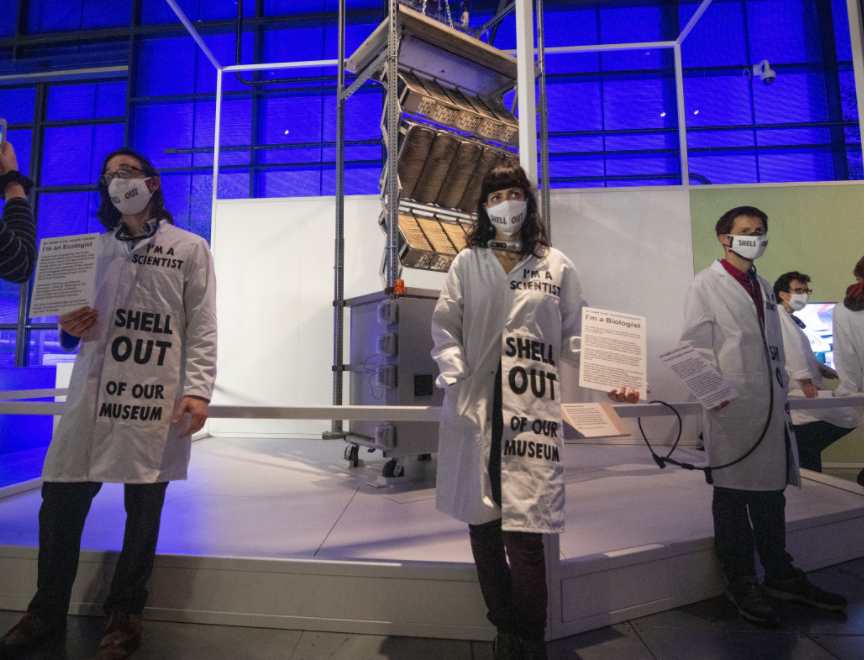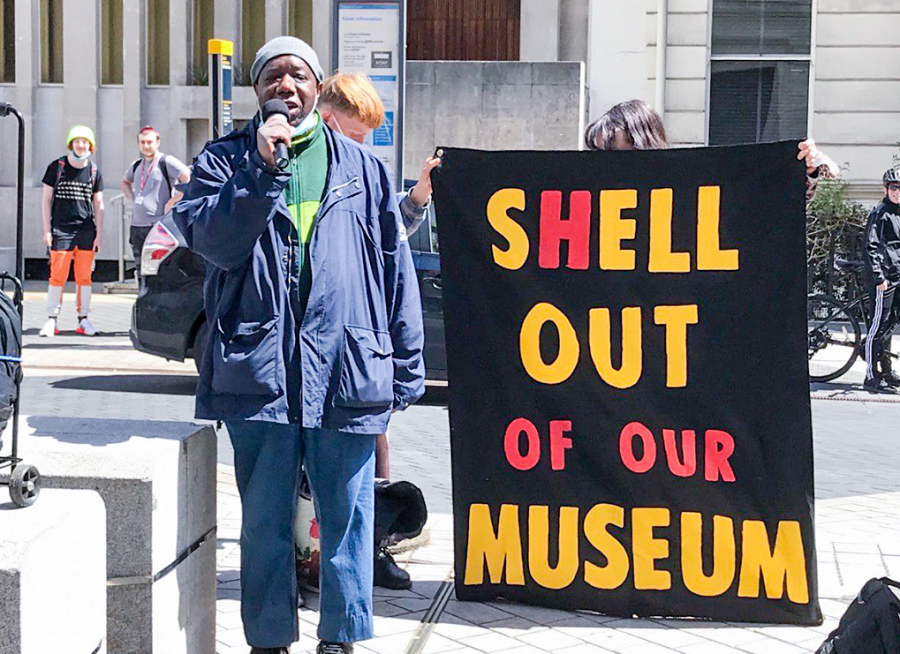Scientists take part in protest of Shell-sponsored climate change exhibit
On Wednesday, a group of scientists from Extinction Rebellion staged a non-violent protest at the Science Museum in London, UK, locking themselves to a mechanical structure inside the building.









